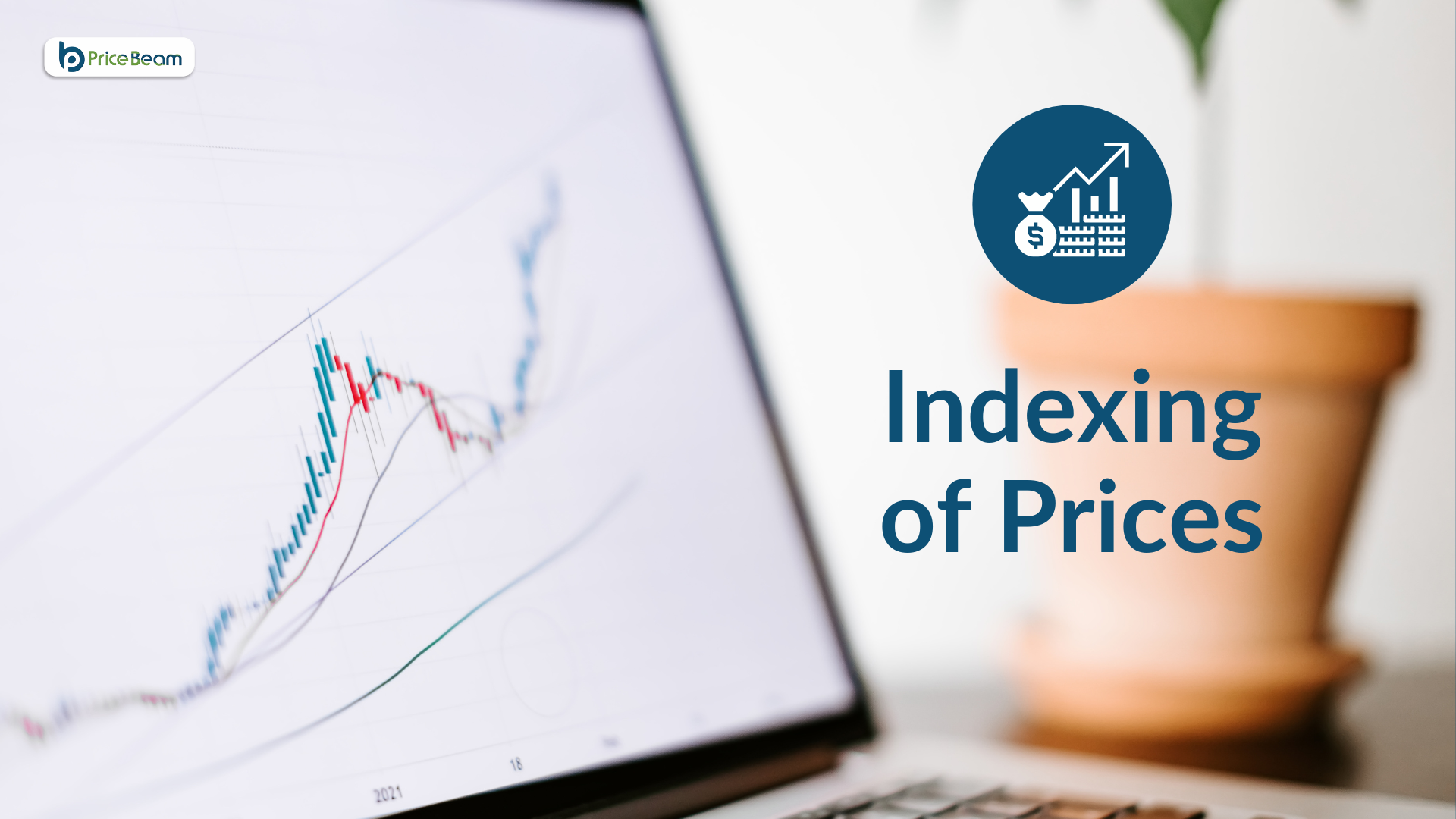Can Sales People use Price Research in Negotiations?
 PriceBeam
·
2 minute read
PriceBeam
·
2 minute read

Price Research benefits the marketing team as well as the pricing department: they get insights into willingness-to-pay and can better determine the optimal price. But what about Sales? In a recent sales conversation we were asked if price research could be used when e.g. putting price increases through. The short answer is "Yes". The longer answer is it depends. (And the legal answer is: yes, but don't dictate resale prices).
In many industries, the flow is that the manufacturer/vendor sells to a trade customer who then sells on to e.g. a final consumer or customer. This happens in consumer goods but also in a number of other B2B industries. Price research, such as willingness-to-pay research, is most often done with the final customer in mind. But the sales people negotiate with buyers in the trade middle-layer, not the final customer. So how can they use price research when negotiating?
Considering that dictating resale prices is illegal in most international jurisdictions, the approach is often one of two ways:
1) It gives more confidence when increasing the vendor's own prices to the trade. Regardless if said only internally or directly to the trade, the thinking in the sales person's mind is along the lines of: "We increase our prices, and we feel justified in doing so because we have price research showing that the final customer values our product/service more than current end-pricing reflects. What you do with your prices, Mrs Trade Buyer, is of course your own choice". Confidence in own value is often a key determining factor between success and failure in getting price increases through, and price research can boost that confidence.
2) Using it as evidence to the trade: sharing end-customer price research with the trade client can show the buyer what his customers (the final customer) value the most. In particular in comparative price research studies, or when using conjoint analysis, the insights are actionable for the trade, when they evaluate their own prices. Of course a good buyer must object to any price increase, but if she is presented with evidence of ways how she in turn can increase her own prices, then she may be more open to accepting the vendor's increase.
Also, when launching new products, where there is no price already, price research brings great support for not objecting too much to the prices that the vendor wants to launch at, as it tells the buyer that there is a certain demand for the new product or service, and thus they don't waste their time by taking on the new product.
So what kind of price research will help the most in supporting sales negotiations? Well, of course it is of value to be ably to say that end-customers are willing to pay a higher price than today. Here, it is probably important that one can say that the research was done by a reputable supplier of price research (such as PriceBeam), rather than the results have been collected in-house. But often we find that e.g. comparative willingness-to-pay studies, or conjoint analysis that show both overall willingness-to-pay and WtP for each benefit/feature are more powerful in terms of evidence value to the buyer. In comparative price research she can see WtP for several vendor products or competitive products. In conjoint analysis / attribute studies, she can see why the end customer is willing to pay a certain price, i.e. for what features/attributes.
In short, price research can be useful for sales people when they negotiate price increases or set prices for new products & services.
.png?width=400&height=100&name=PBLogoTransparent%20(1).png)



